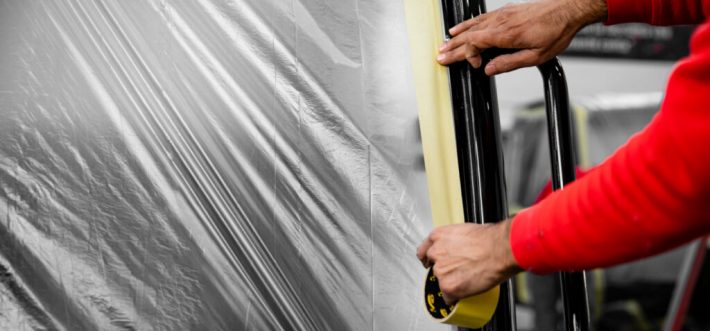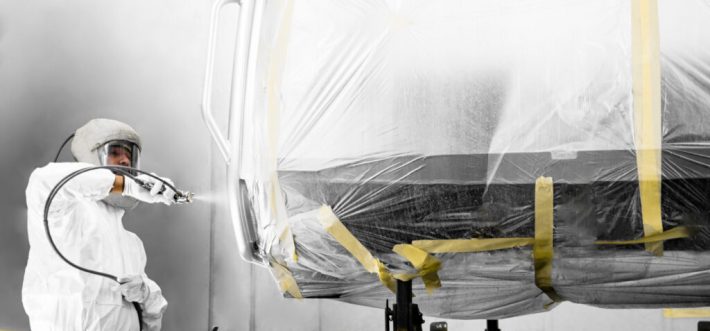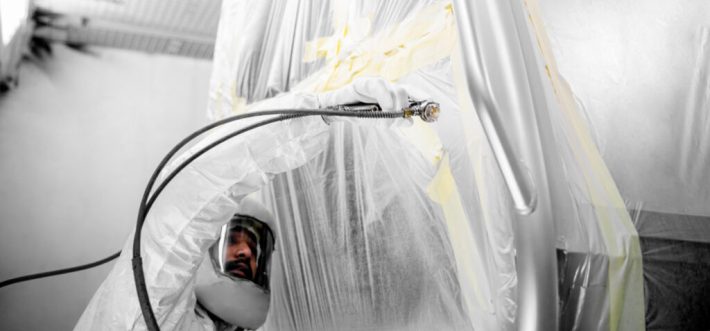Masking is the ideal solution for all those articles that cannot be separated into several parts and need to be coated in two or more colours.
Powder or liquid painting an article means protecting it and coloring it permanently. As it is easy to imagine, each surface treatment cycle to which the artifacts are subjected involves the use of only one color, as it would be impossible to paint in an optimal manner in multiple colors during a single pass.
So how is it possible to paint all those non-decomposable items in multiple colors? The answer lies in the practice of masking.
Masking is the ideal solution for all those goods that cannot be separated into several parts, a situation that would allow the item to be colored with different paints, but which need to be treated with two or more colors.

The masking process is composed as follows:
1. Phase One: first level of surface treatment
The product is painted with powders, liquids or cataphoresis, thus giving it the background color, whatever it is.
2. Phase Two: covering of the building
After placing it in a suitable area, it is now necessary to cover the whole item, except the area to be painted, using the masking film. The use of masking film allows you to quickly cover the product, protecting the parts not affected by the subsequent painting phase. Being transparent, it will be possible to see the underlying surfaces, allowing for precision work.
3. Step Three: cut the film
After affixing it, cut out the masking film around the area to be painted and secure it with masking tape.

(In the photo above, a cabin for industrial machines is liquid-coated in one of our dedicated areas after being masked. In this case, the background colour is black, while the masking process allows some of the details to be finished in grey.)
4. Phase Four: coating
At this point, it is possible to move on to the coating phase. By doing so, it will be possible to treat with extreme precision all those areas left uncovered by the transparent film and the result will be an optimal, well-defined painting.
5. Step Five: Removing the film
The film must be kept on the article even while it is in the oven, during the polymerization and deposition phase of the coat. Upon exiting the oven, the film will be removed from the article.

We have seen how masking an article is a necessary process for coating articles that require multiple colors and how it must be done perfectly to avoid finishing errors and inaccuracies.
We are a reality devoted to perfection, so the attention we reserve for these complementary processes to the painting phases is always very high.
Would you like to receive more information? Write us by filling out the form below:

